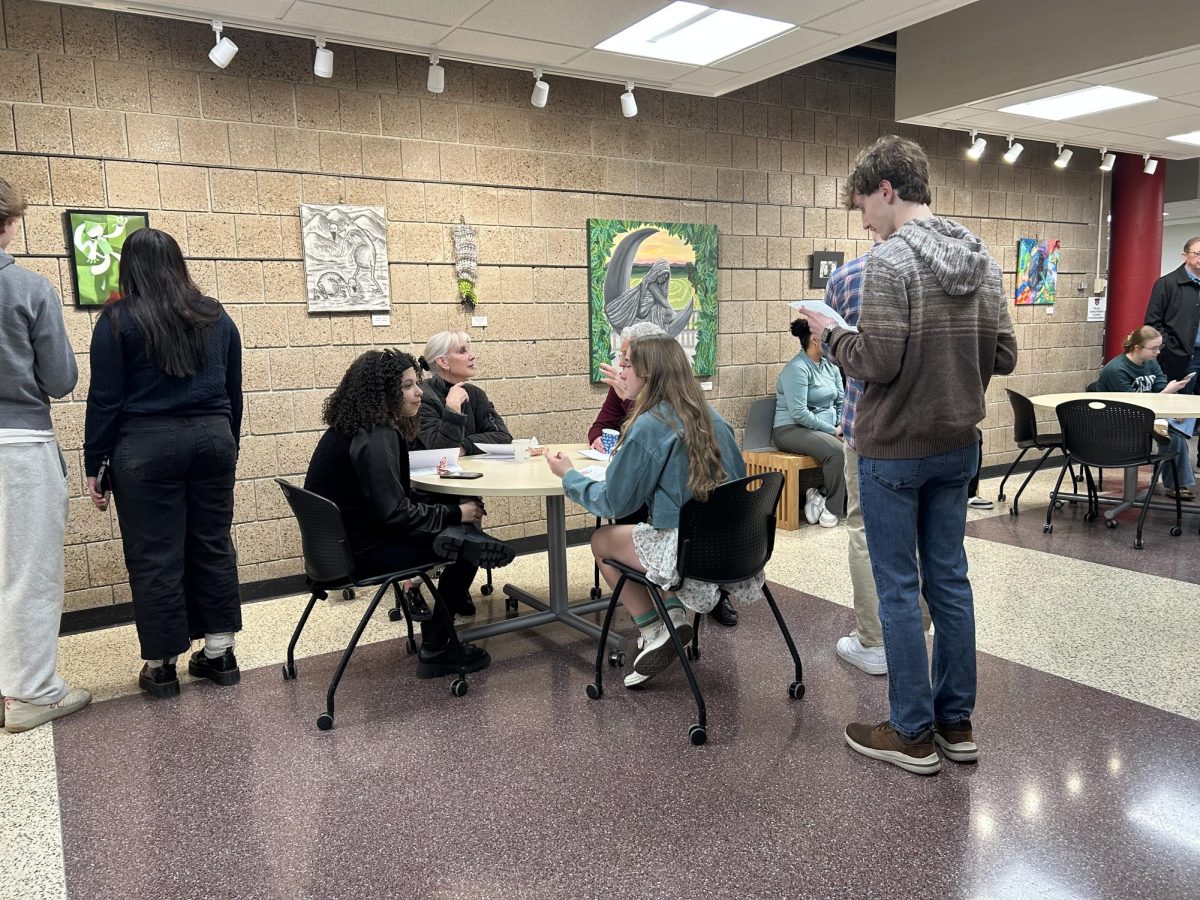Against the backdrop of the Sistine Chapel, Catholic cardinals dressed in red robes solemnly make an oath in Latin. It’s the beginning of a conclave, but I could be referring either to the holy ritual to choose a pope that concluded just last week, or the acclaimed film Conclave (2024). Despite the noticeable lack of Stanley Tucci in the Vatican, the broader public has embraced both forms of conclave: the Catholic and the cinematic.
The proximity between the release of Conclave-the-movie and the start of the holy conclave led much of the public to conflate the two, leading to a Barbenheimer-esque cultural phenomenon. As a result, it’s my solemn duty to analyze the two (given my Catholic-school qualifications and previous viewing of Conclave).
Let’s start by getting one thing out of the way: Conclave made the right decision to choose a deeper red for the cardinal’s robes. Unfortunately, on an aesthetic level, the bright red of the current vestments doesn’t hold a candle to the sartorial supremacy of the older, richer red robes, but I digress. When it comes to fashion, Conclave is unmistakably the winner.
Despite the differences between a Hollywood production and an ancient religious rite, Conclave is apparently close enough to reality for actual cardinals to watch it– including on the eve of the real conclave. In fact, Pope Leo XIV even watched the film before being elected pope. For Conclave-enjoyers out there– congrats. I’m pretty sure this means you’re allowed to add the Holy Father on Letterboxd now.
For non-Catholics, Conclave shone light on a secretive facet of the Catholic Church that many had never heard of before. Not only was it a primer on Catholicism for many, but it also gave the general public a roadmap of what to expect heading into the real conclave– meaning more of us were obsessively watching the chimney for white smoke. People of all religious backgrounds were introduced to the process of electing a new pope for the first time…through a movie.
Particularly given the secretive nature of the real conclave (Locking a group of powerful officials in the Sistine Chapel? Electronically jamming signals coming in or out? Sounds like a James Bond movie…), the movie provided a glimpse into the complicated and nuanced process. The vast majority of us* will never see inside a conclave, and a personal view of the real politics and relationships that go on behind the scenes is the closest we’ll ever get.
*: Unless you are a Midwestern cardinal who happens to be a fan of the Knight Errant.
Conclave also altered how the internet interacted with the conclave. Public engagement with the recent papal election was unlike anything else– internet “stan” culture met ancient ritual to produce the most bizarre chronically online phenomenon ever. Some on social media rallied behind their favorite “papabiles” or “pope-ables,” particularly Cardinal Luis Antonio Tagle, a Filipino prelate, well-known for his jokes and habit of passing out candy. For many, the excitement seemed to be a combination of newfound understanding of the conclave and desire to see a pope who shared their ethnic background.
In the days leading up to the conclave, social media users (many of whom were initially Conclave (2024) fan accounts that pivoted) started releasing “edits” of figures like Cardinal Tagle– including a video of Cardinal Tagle singing the song “Imagine” by John Lennon. Others declared it #ZuppiSummer in reference to Italian Cardinal Matteo Zuppi. Still others joked about being selected for the papacy themselves– regardless of their religion.
While the conclave is over, the memes (especially depicting Cardinal Tagle) seem to be here for a while, representing the cultural impact of Conclave. The movie shed light on Catholicism at a crucial point in time, giving many a reference guide to understanding the selection of a new pope. Take it from a Catholic– the cultural impact of Conclave truly cannot be overstated.






































![Teacher Lore: Mr. Hillman [Podcast]](https://bsmknighterrant.org/wp-content/uploads/2025/03/teacherlorelogo-1200x685.png)



